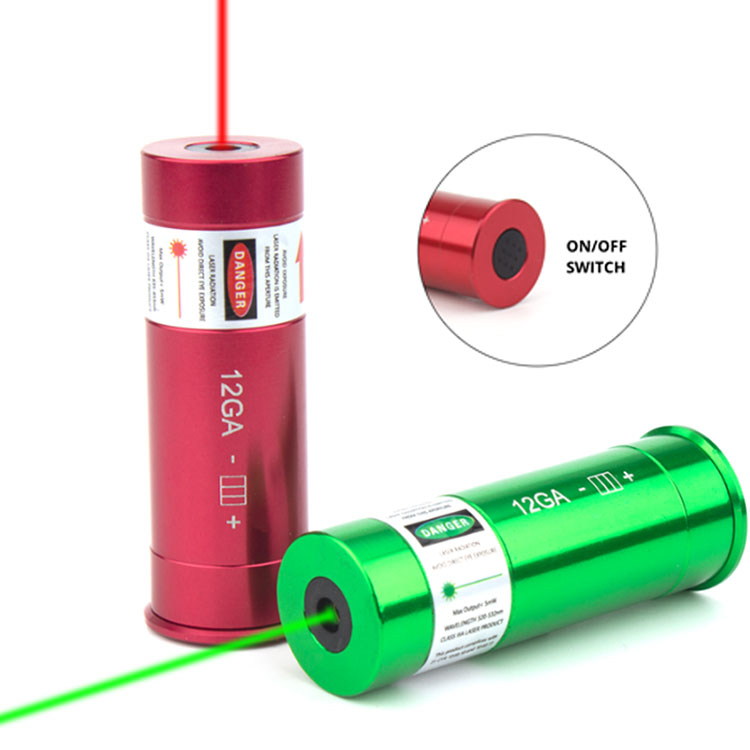The principle of a gun sight, in short, is to ensure the accuracy of the muzzle pointing to the target through specific devices and technical means during the shooting process. This principle can be understood from both visual and mechanical dimensions.
From a visual point of view, the gun sight mainly consists of two parts: the rear sight and the rear sight. The rear sight serves as a key aiming point on the firearm and is used to indicate the direction of shooting. As a rule, it is located on the butt of the gun to help the shooter better aim at the target. The shooter observes with his eyes and adjusts his line of sight so that the rear sight, rear sight and target are in line, thereby achieving aim.
At the mechanical level, the gun sight uses a series of mechanical devices to accurately adjust the posture and range of the firearm. Mechanical sights, like traditional rear sights and sights, adjust their position and angle to align the shooting direction with the target. Optical sights, such as telescopic sights and red dot sights, use optical principles to further improve aiming accuracy by magnifying the target image or providing a precise aiming point.
During the shooting process, the shooter needs to comprehensively consider a variety of external factors, such as the distance to the target, wind direction, lighting, etc., as well as his own shooting posture and stability to ensure shooting accuracy. These factors may affect aiming, so shooters need to master aiming skills through continuous training and practice to improve shooting accuracy.
To sum up, the principle of a gun sight is to combine visual and mechanical technical means to ensure the accuracy of the muzzle pointing to the target, thereby achieving precise shooting.
